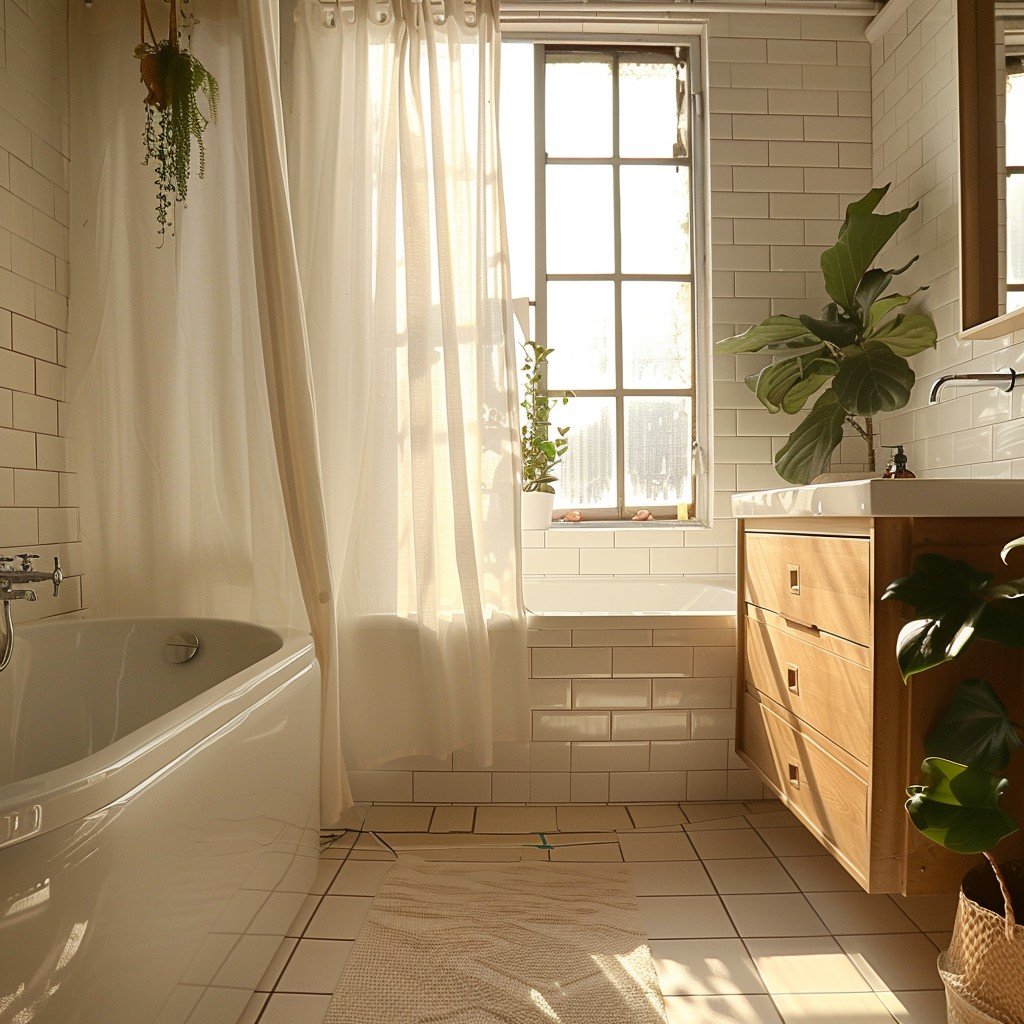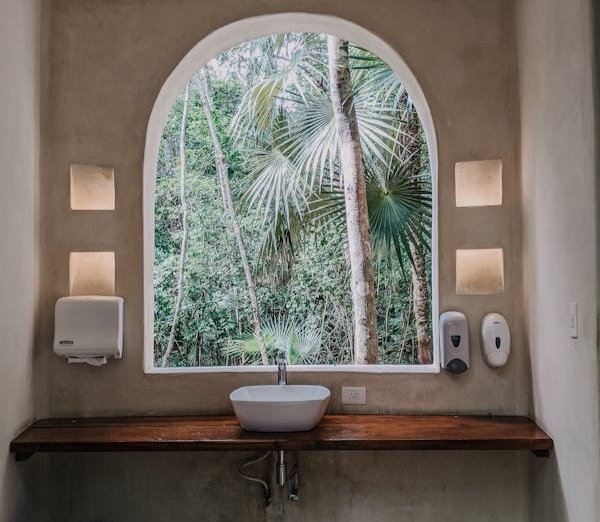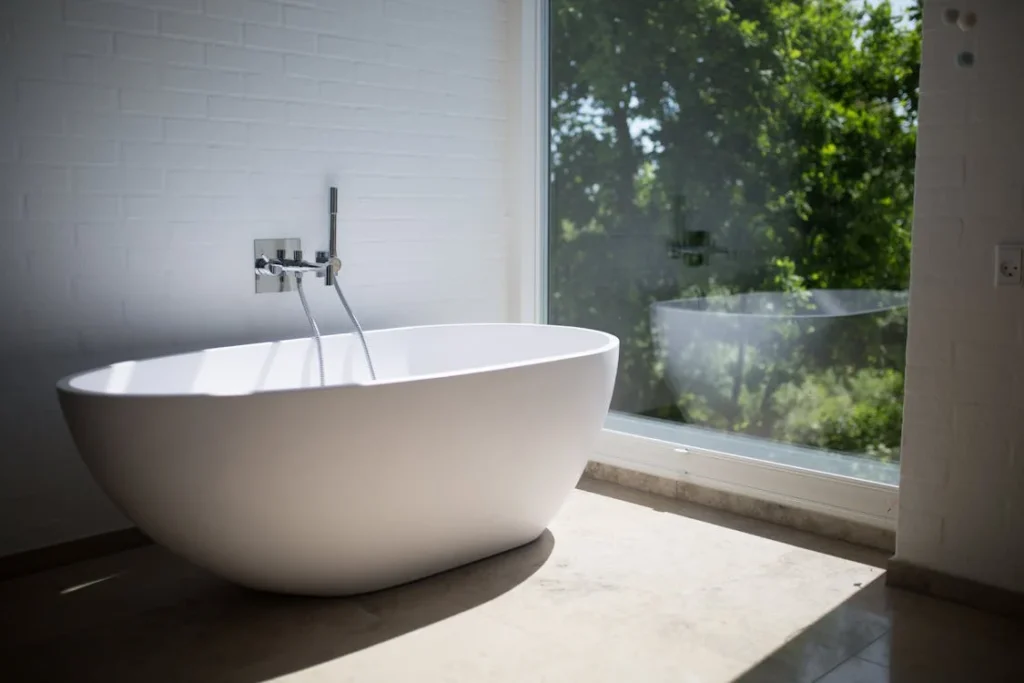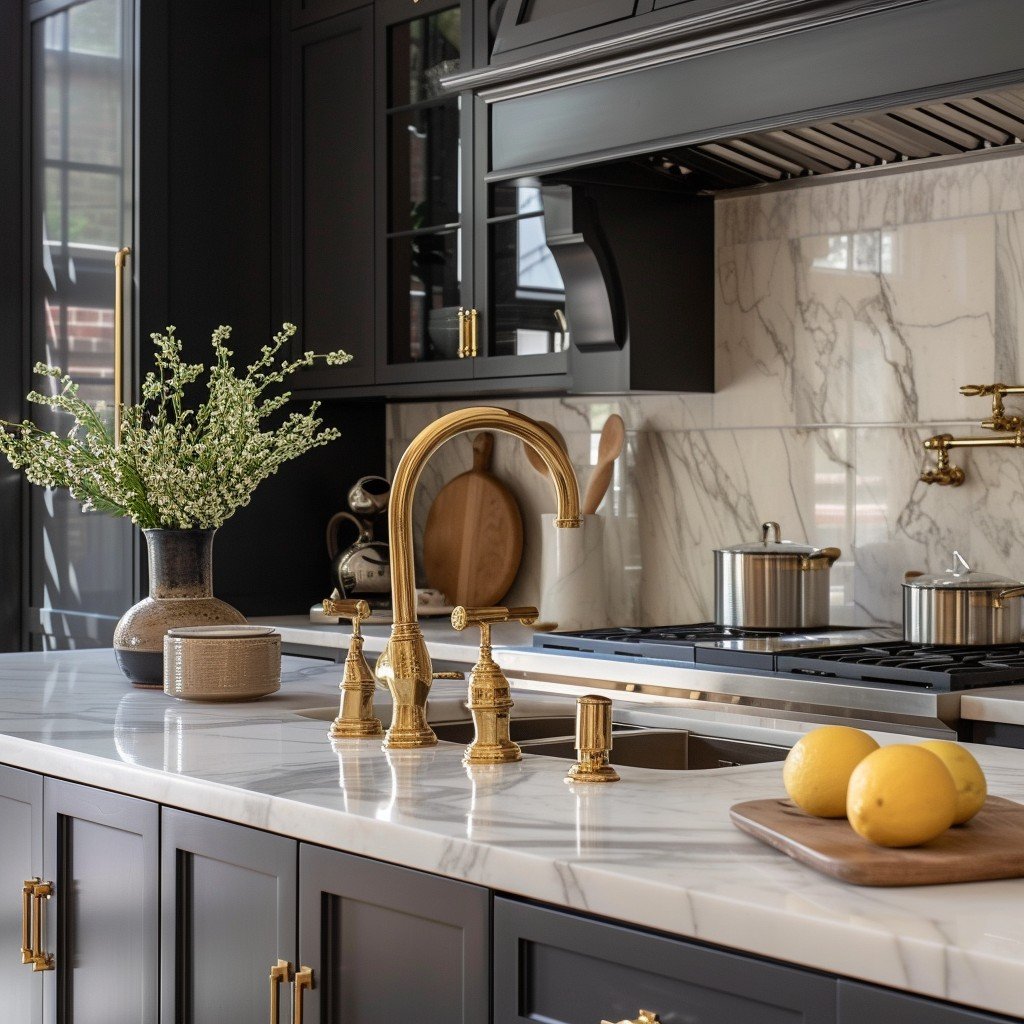
Be it bathroom or kitchen, choosing a right faucet for both rooms is very important. Today’s faucets come in a variety of finishing materials and designs, and their functionality also varies. If you don’t know about all these things, then choosing the right faucet can be difficult for you. But don’t worry, we will teach you how to choose a perfect faucet. Let’s find out then:
Purpose and Functionality
Before choosing a faucet, make sure where you want to use it. Because the design of the faucet at the place of use is different.
Kitchen Faucets: Faucets with long spouts or faucets with hoses are ideal for kitchens. Moreover, some faucets have different types of spray functions. You can use those faucets to wash vegetables well.
Bathroom Faucets: You can choose a single-handle or double-handle faucet for the bathroom. Easy to use single handle. On the other hand, the double-handle faucet can easily control the temperature. If you want to choose a faucet for use in the bathroom sink, then you can choose faucets with slightly higher spouts.
If you want to choose a faucet for use in a place other than the kitchen or bathroom, then choose a faucet that is right for you by looking at the details mentioned below about the faucet.
Types of Faucets
1. Single-Handle Faucets
Such faucets have only one handle for use.
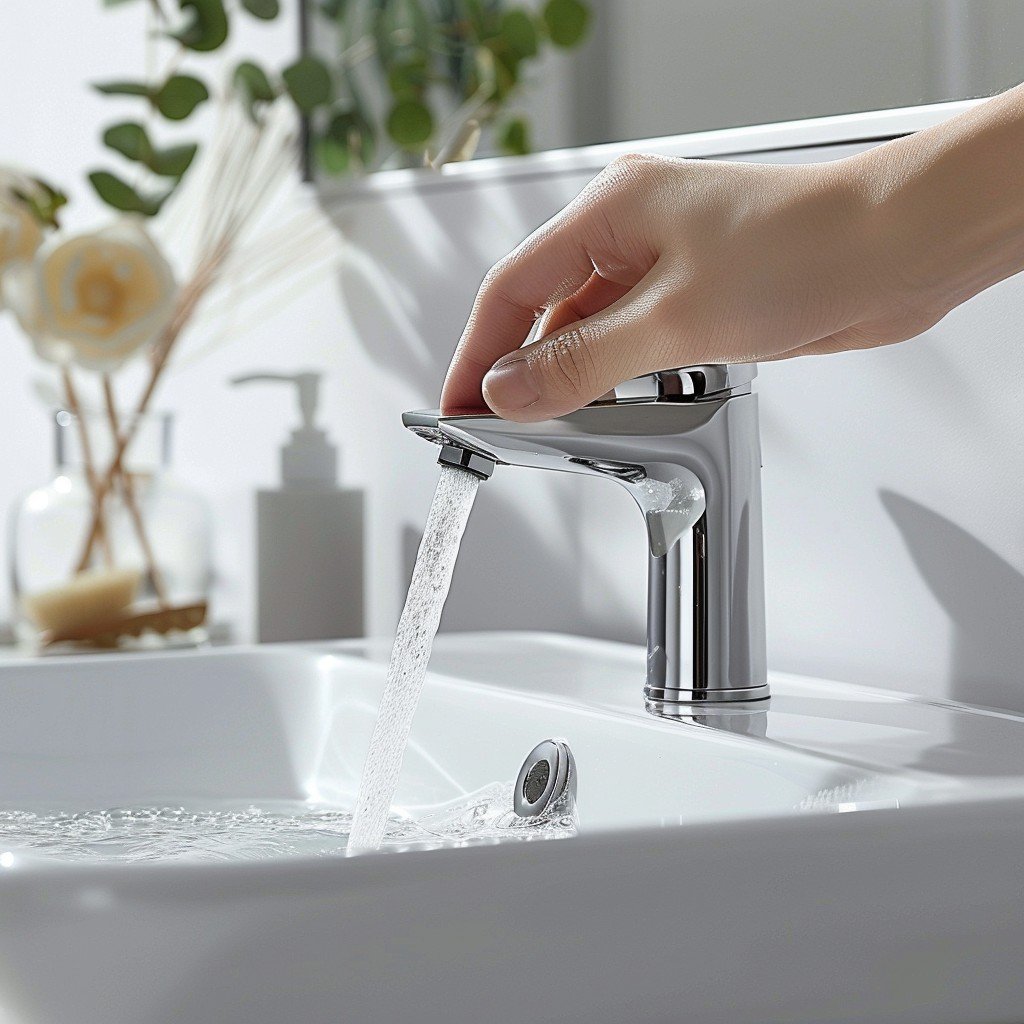
Advantage: With the single-handle faucet’s single lever, you can adjust the water flow and temperature with one hand. If your bathroom or kitchen sink is a bit small then this type of faucet is ideal for you. Installation does not require the hassle of Dual-Handle Faucet or Widespread Faucets. Rather it can be installed in just one hole Moreover, they are very easy to clean and maintain. Another advantage of using a single-handle faucet is that if it ever breaks, another faucet can be installed in a short time.
Consideration: In Dual-Handle Faucet you can control the temperature as you like but in Single-Handle Faucet it is a bit boring. So if you need to use water by adjusting the water temperature, then such faucets may not be suitable for you. Single-Handle Faucets are very simple in design, so no additional benefits are available.
2. Dual-Handle Faucets
This type of faucet has two handles at the same time, due to which cold or hot water can be easily adjusted and used.
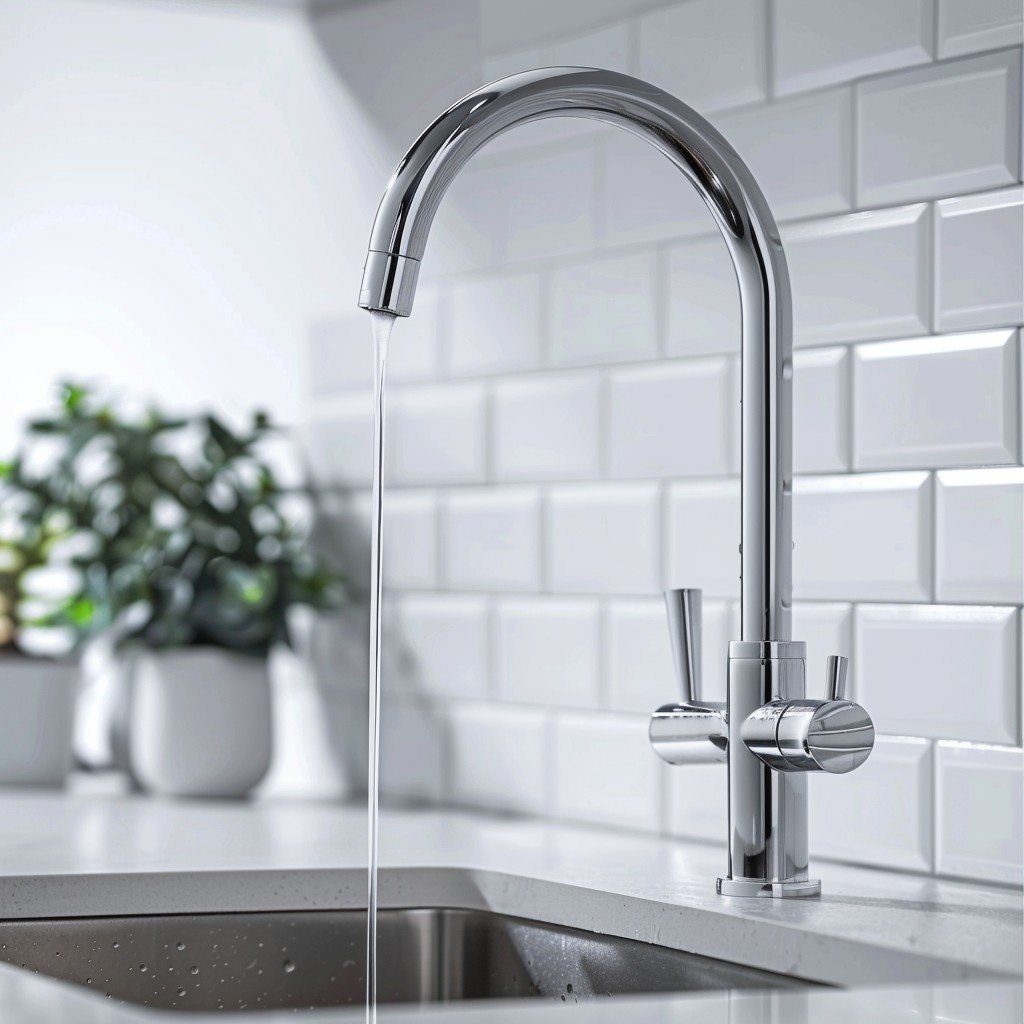
Advantage: Single-Handle Faucets do not have very good water temperature control because they have one handle. But Dual-Handle Faucets do not have such problems. They are designed to use hot and cold water simultaneously. They are perfect for those who prefer precise control over their water temperature. Some dual-hole faucets have additional features, such as integrated sprayers or soap dispensers, that can increase functionality and convenience in use.
Consideration: Dual-handle faucets require multiple holes in the sink or countertop to install, making the installation process somewhat complicated. Hence, professional people may be required for proper installation. Dual-handle faucets are a little larger in size, so they require a slightly larger sink for installation. Because of their complex design, they tend to clog easily, and they tend to cost a bit more than Single-Handle Faucets.
3. Pull-Down Faucets
The spray head of such faucets is designed in such a way that it can be sprayed separately from the main body. Pull-down faucets are ideal for kitchen use.
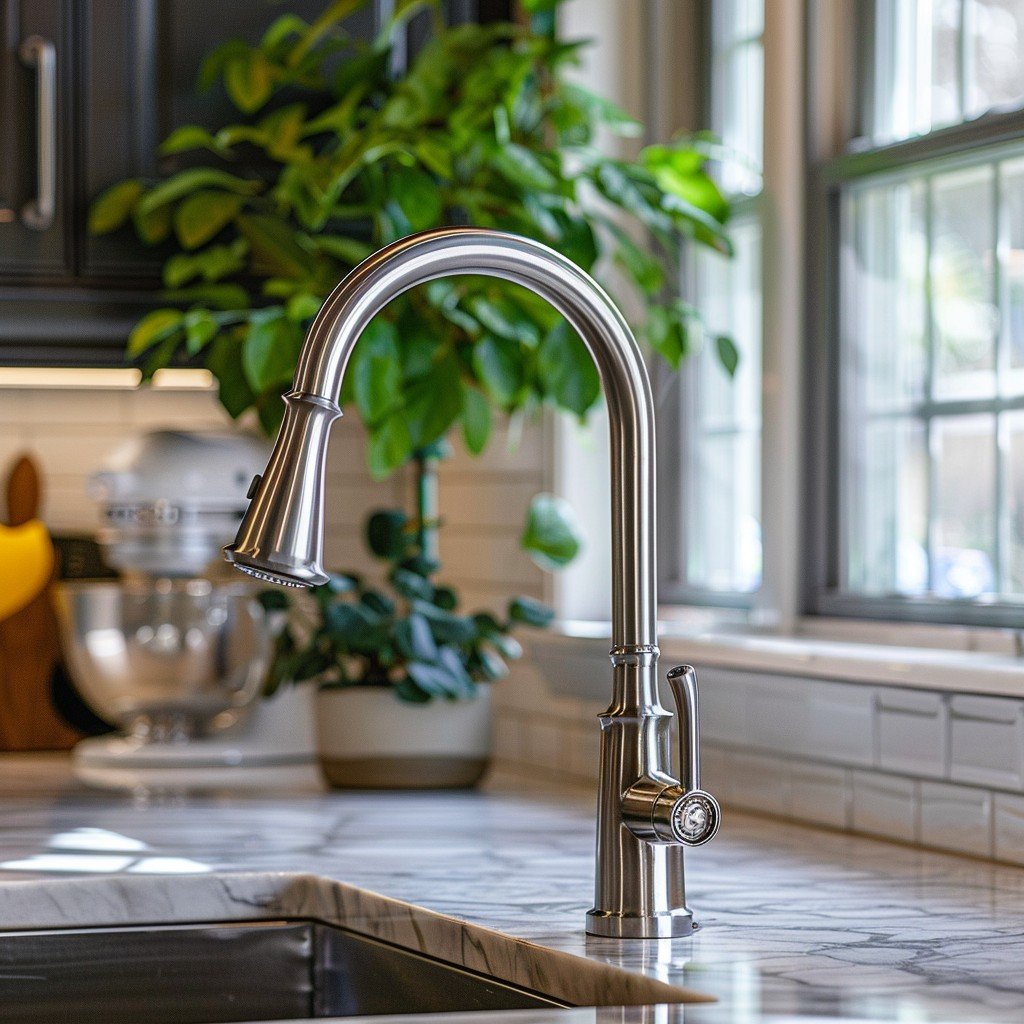
Advantage: Pull-down faucets have long pipes inside that connect to the spray head. As a result, it becomes much easier to clean the dishes, vegetables, or sink by using the spray head separately. Because the head is separated, it can deliver the water to the required place. If you have a lot of dishes in your kitchen or have to wash a lot of vegetables, then Pull-Down Faucet is perfect for you. Moreover, some faucets have different spray settings besides strong or normal spray to spray water. These types of faucets have various facilities as well as excellent designs. Which can enhance the beauty of your kitchen.
Consideration: Pull-down faucets are a bit larger in design, which can make them uncomfortable to use in small sinks. A separate sink is required for this type of faucet. When choosing a pull-down faucet, pay attention to the hose inside. Because if the inner hose is not of good quality, then the faucet will stop working if it is damaged. Moreover, due to their variety of features and excellent design, they are priced slightly higher than other faucets.
4. Wall-Mounted Faucets
Wall-mounted faucets are installed on the wall instead of the sink or countertop. As a result, they can be used in other places besides the sink.

Advantage: If you need a faucet in other places besides the sink, then you can choose wall-mounted faucets. Faucets are usually installed on the sink’s countertop, but since these types of faucets do not require a sink for installation, they are ideal for vessel sinks. Moreover, the environment is somewhat cluttered for countertop-free installation. Faucets are installed on the wall, providing additional storage space on the sink countertop. Which makes them ideal for small bathrooms or kitchens. You can install wall-mounted faucets at a higher level if you want, making it easier for tall people or those with mobility issues to use.
Consideration: A downside to wall-mounted faucets is that they require cutting and piping the wall to install, which can make them more expensive than wall-mounted faucets and require the hiring of a professional plumber. But once the pipe is installed, you don’t have to face this problem for the 2nd time.
5. Touchless Faucets
Touchless calls work through motion sensors. There is no need to hold the handle to use them.
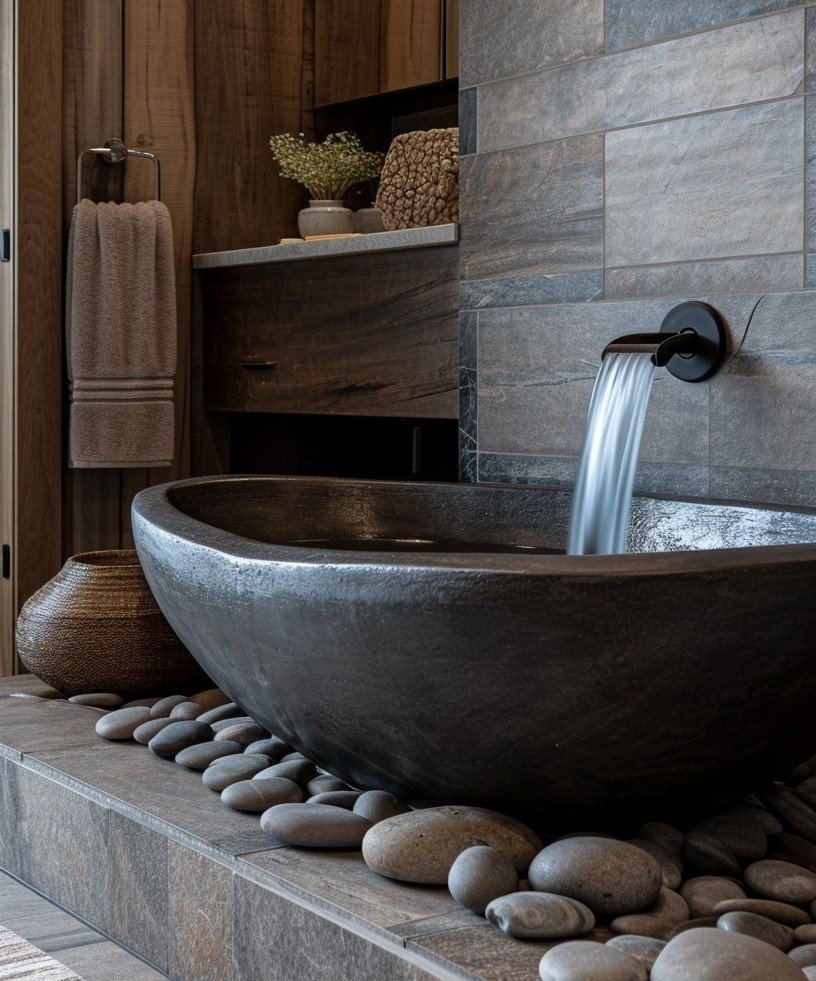
Advantage: Touchless Faucets automatically detect the hand and dispense water when the hand is placed under it, so there is no need to touch the faucet, which makes the use of the faucet hygienic. Another advantage of these is that there is no possibility of water wastage like other faucets as they are automatic. Since touchless faucets are less likely to be operated manually, the faucet is less likely to get dirty. They are ideal for places where hands get dirty frequently and water is needed frequently for fumes. Moreover, another advantage of Touchless Faucets is that if your hands are dirty, then there is no possibility of dirty hands touching the handle of the faucet.
Consideration: Touchless faucets cost a bit more. Professionals should be hired for proper installation. Another disadvantage of these is that the faucets require a battery or electrical connection to operate them. Faucets that are powered by batteries, the batteries of those faucets need to be changed or charged every few days.
6. Widespread Faucets
Widespread faucets have separate spouts and handles. Handles and spouts can be installed separately if required.

Advantage: Widespread Faucets, like Dual-Handle Faucets, have two handles, making it easy to control the water temperature. The biggest advantage of Widespread Faucets is that their handles can be installed while keeping distance if necessary. There are two types of Widespread Faucets. One type of faucet can be installed on the sink, and the other type of faucet can be installed on the wall. If you want to leave the main faucet in the sink and place the handle elsewhere, or install the handle elsewhere with a pouch on the wall, Widespread can do that.
Consideration: Widespread Faucets are a bit more difficult to install. They require two or three holes to install and require professional installation individually. Can be somewhat costly due to complex design and installation. Widespread faucets usually require a large sink to install. This type of faucet is not very suitable for small sinks. Another problem with Widespread Faucets is that they cannot be installed in all types of sinks due to their different designs.
Faucet Materials
To choose a perfect and long-lasting faucet, you must choose the faucet of the right material. Because the durability and beauty of any product depend on the material used to make it.
1. Brass
Brass is an alloy made primarily from copper and zinc. Brass faucets are known for their durability. They resist corrosion, wear, and high temperatures, withstand daily use in both kitchens and bathrooms and last for years if properly maintained. Brass faucets come in a variety of finishes, including chrome, nickel, or oil-rubbed bronze. They can be polished to shine like new. However, their price is slightly higher than other faucets for their various advantages. They need to be cleaned regularly to keep them looking good.
2. Stainless Steel
Stainless steel faucets are made from an alloy of steel and chromium. Faucets made of stainless steel have no fear of rusting and weathering. Which makes it suitable for use in wet environments like bathrooms. They are highly durable, witch can easily withstand daily use. Stainless steel faucets are relatively easy to clean. You don’t have to struggle too much to remove fingerprints and water stains. Since stainless steel faucets are easy to maintain, they are perfect for use in areas where cleanliness is not a priority.
3. Chrome
Chrome faucets are made from a base metal and coated with chromium. Due to this the faucets made of chrome are very shiny and look good. Chrome faucets are generally less expensive than brass or stainless steel faucets. Moreover, they are very easy to clean. However, they can easily get water stains, so they need to be cleaned regularly to maintain their shiny appearance. A downside to chrome is that it lasts a little less long than brass or stainless steel fittings. For those looking for an affordable yet excellent faucet, there’s nothing better than the Chrome.
4. Bronze
Bronze is a type of alloy. Usually, bronze is prepared by mixing tin with copper in different proportions. It can be metals and alloys like zinc, manganese, aluminum, nickel, etc. Extremely durable and can easily withstand hot water or daily use. Moreover, they do not require frequent polishing like chrome or brass. They require regular cleaning to maintain their new look.
5. Plastic Faucets
Plastic faucets are manufactured from various synthetic materials. They are lighter and more affordable than any other material. Plastic is not as strong and long-lasting as metal mills. Moreover, plastic is not as beautiful as metal. If you choose a faucet for use in a crowded area, overuse can scratch and break under too much stress. But they are perfect for use in less populated areas.
6. Nickel faucet
Nickel faucets are available in a variety of finishes, including polished and brushed. These faucets are known for their sleek, modern look and durability. Brushed nickel faucets are less prone to water stains, so you don’t have to worry too much about cleaning. As nickel is resistant to corrosion, it can withstand the daily use of the kitchen or bathroom very easily. Generally, nickel faucets can be a bit more expensive than chrome or plastic faucets.
Finish Options
The durability and beauty of your faucet depend on the finish.
1. Chrome
Chrome finishes are durable, easy to clean, and highly shiny.
2. Brushed Nickel
The brushed nickel finish has a warm, matte appearance that resists fingerprints and water stains.
3. Oil Rubbed Bronze
Oil-rubbed bronze finishes have a rich, dark look that adds warmth and depth to any bathroom.
4. Matte Black
Faucets with matte black finish are a nice design. Such faucets enhance the beauty of the bathroom
Key Features to Consider
Apart from design, materials, and finishing, there are other things to keep in mind when choosing a perfect faucet:
1. Water Flow Rate
A faucet’s flow rate is calculated by calculating how many gallons per minute (GPM) it delivers. Typically faucets deliver 1.5 to 2.5 gallons of water per minute, and faucets of this flow are sufficient to meet the water needs of any home. But if you need more water flow, then choose the faucet according to your needs.
2. Spout Height and Reach
To determine the height of the spout you need to keep in mind, where you want to choose the faucet for use. If you want to choose a faucet for the kitchen, then you should choose a faucet with a slightly higher spout. And if you want to choose a faucet for the bathroom sink, then you should choose a medium-height faucet. So that you can easily wash your hands and face.
3. Check Compatibility
After choosing the right faucet for you, you need to keep the faucet installation in mind. If you want to install a faucet in the sink, keep the following points in mind:
Since the faucets are of different types, the holes in the sink for their installation are also of different types. So make sure that the faucet you choose can be installed in the sink of your home.
After considering the direction of the sink hole, make sure that the design of the sink matches the design of the faucet. If it is not suitable, it may be seen that water may spill out during use or it may be a problem to wash hands and face.
To avoid these problems, you need to choose a faucet that matches the sink. If not, you may need to replace the sink or faucet.

